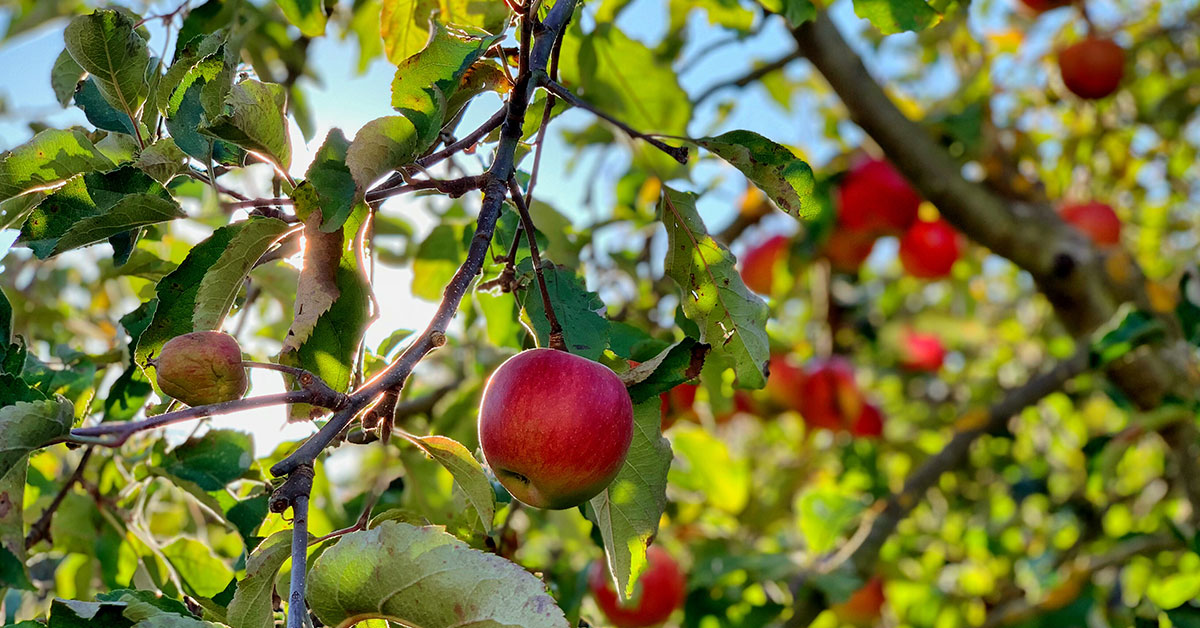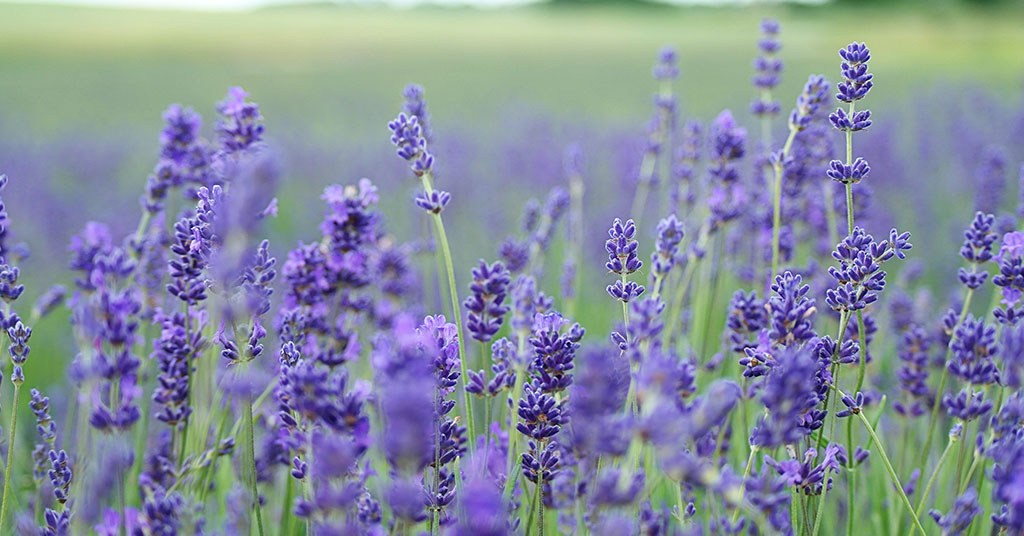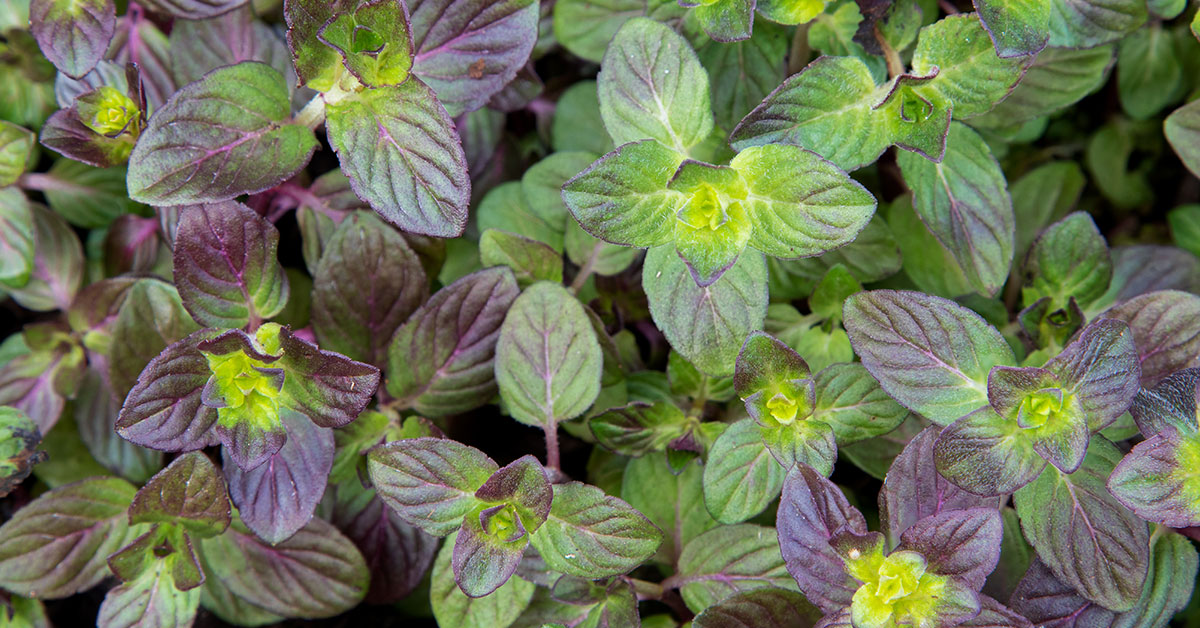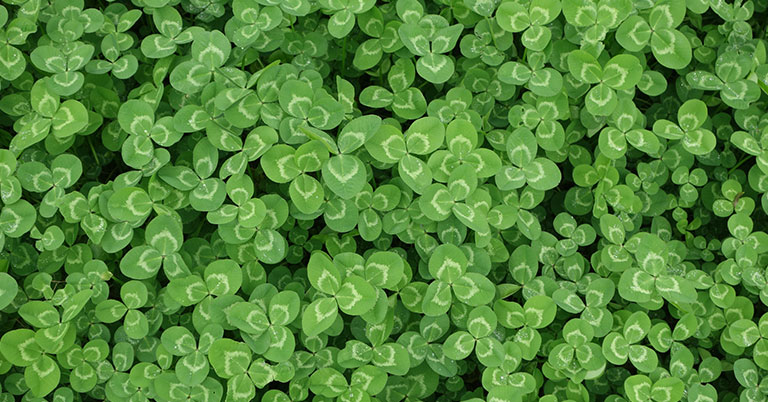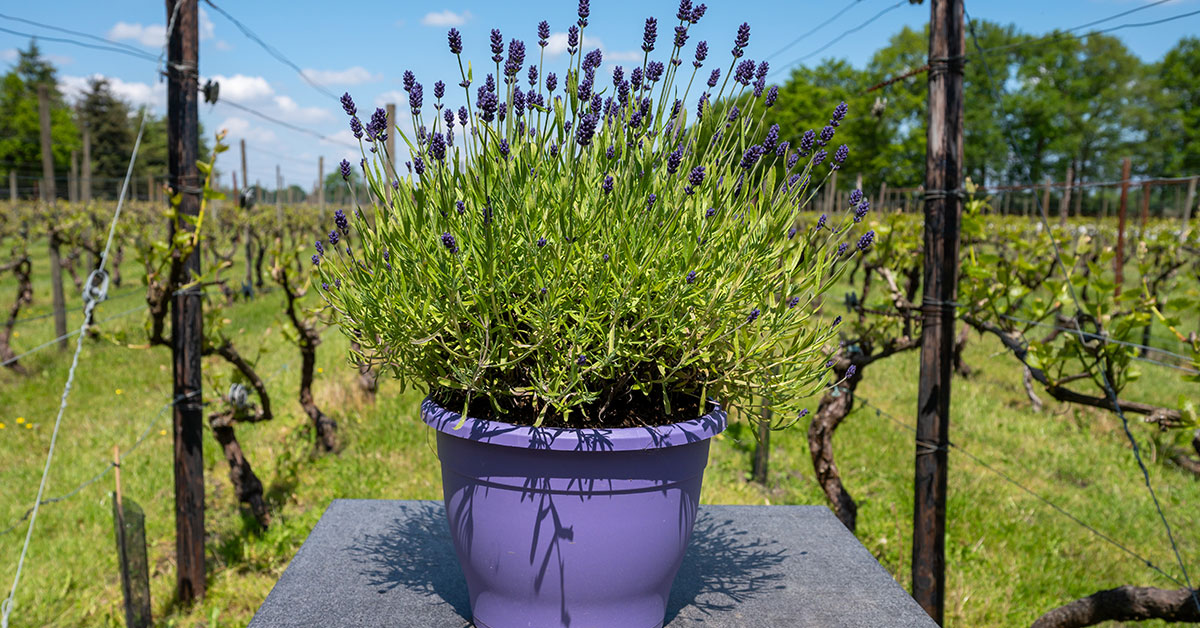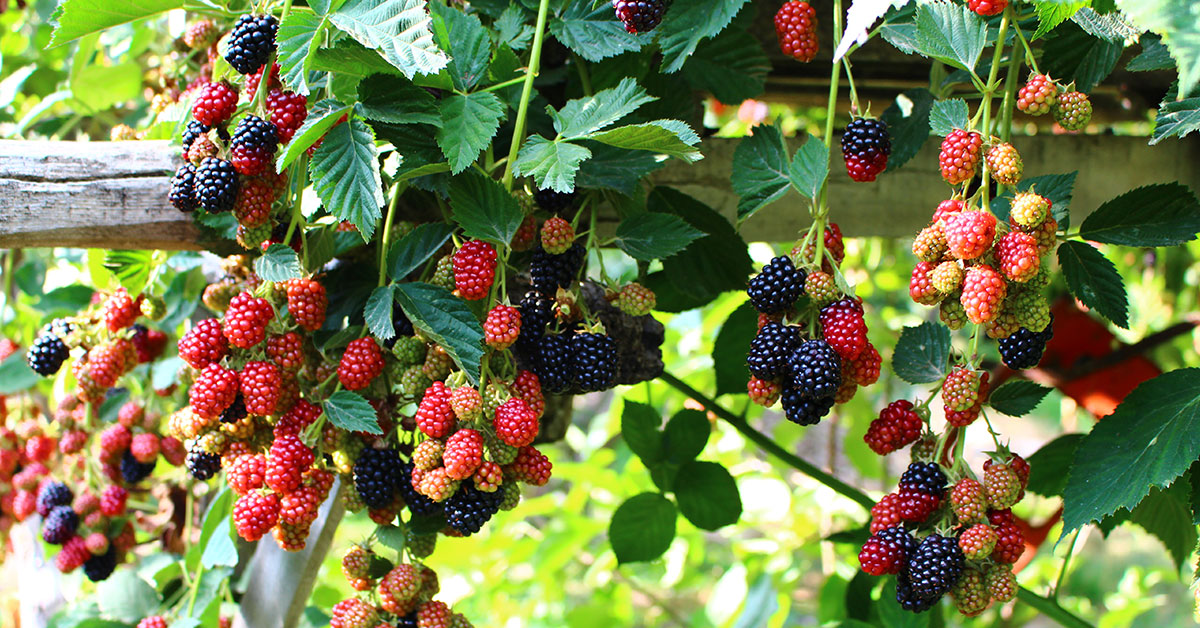Welcome to our comprehensive guide on the best fruit trees to grow in Minnesota! If you’re a gardening enthusiast in the Land of 10,000 Lakes, you may be wondering which fruit trees are most suitable for our unique climate and growing conditions. With its cold winters and relatively short growing season, Minnesota poses some challenges for fruit tree cultivation. However, fear not!
We have carefully curated a list of fruit trees that are hardy, resilient, and capable of thriving in Minnesota’s climate. Whether you’re a seasoned gardener or just starting out, this article will provide you with valuable insights and recommendations to help you successfully grow and enjoy delicious fruits from your very own backyard. So, let’s dive in and discover the best fruit trees to grow in Minnesota!
The best fruit trees to grow in Minnesota
Best Fruit Trees to Grow in Minnesota When it comes to growing fruit trees in Minnesota, it is essential to choose varieties that are well-suited to the state’s challenging climate. The extreme cold temperatures, short growing season, and occasional late spring frosts make it crucial to select fruit trees that are hardy and can withstand these conditions. Here are some of the best fruit trees to consider for successful cultivation in Minnesota:
- Apple Trees: Apples are undoubtedly one of the most popular fruit trees to grow in Minnesota. With a wide range of varieties available, it is important to select those that are cold-hardy and disease-resistant. Some recommended apple varieties for Minnesota include Haralson, Honeycrisp, Frostbite, Zestar, and Sweet Sixteen. These varieties are known for their ability to withstand the state’s harsh winters and produce flavorful fruits.
- Cherry Trees: While cherries can be a bit more challenging to grow in Minnesota, there are still some varieties that can thrive in the state’s climate. Sour or tart cherry trees tend to be more suitable than sweet cherries. Recommended varieties include Montmorency, North Star, and Meteor. These cherry trees are known for their hardiness and ability to produce abundant crops.
- Plum Trees: Plum trees can be a great addition to any Minnesota garden, as they are relatively hardy and can tolerate the state’s cold temperatures. Some recommended plum varieties for Minnesota include Toka, Superior, and Pipestone. These varieties are known for their excellent flavor and ability to withstand the state’s challenging climate.
- Pear Trees: While pears can be a bit more challenging to grow in Minnesota due to their susceptibility to late spring frosts, there are still some varieties that can be successful. Cold-hardy pear varieties such as Ure, Parker, and Luscious are recommended for Minnesota gardens. These varieties have shown good resistance to diseases and can produce delicious fruits when properly cared for.
- Pluot Trees: Pluots are a hybrid fruit resulting from a cross between plums and apricots. These trees can be a great choice for Minnesota gardeners looking for something unique. Some cold-hardy pluot varieties that can thrive in Minnesota include Dapple Dandy, Flavor Supreme, and Flavor King. Pluots are known for their exceptional flavor and can be a delightful addition to any fruit tree collection.
Remember, successful fruit tree cultivation in Minnesota requires proper care and attention. It is important to provide adequate winter protection, regular pruning, and appropriate pest and disease management. Additionally, selecting disease-resistant varieties and planting multiple trees for cross-pollination can significantly improve fruit production. By choosing the best fruit trees to grow in Minnesota, gardeners can enjoy a bountiful harvest of delicious fruits, even in the face of the state’s challenging climate.
Avoid growing these fruit trees in Minnesota
When it comes to growing fruit trees in Minnesota, it is important to choose varieties that are well-suited to the region’s climate and growing conditions. While there are several fruit trees that thrive in Minnesota, there are also some varieties that should be avoided due to their inability to withstand the harsh winters or short growing season. Here are a few fruit trees that are not recommended for Minnesota:
- Citrus Trees: Citrus trees, such as oranges, lemons, and grapefruits, require warm and tropical climates to flourish. Unfortunately, Minnesota’s cold winters and relatively short growing season make it extremely challenging for citrus trees to survive.
- Avocado Trees: Avocado trees are native to warm regions and are highly sensitive to cold temperatures. They cannot tolerate frost or freezing temperatures, which makes them unsuitable for Minnesota’s climate.
- Banana Trees: Similar to citrus and avocado trees, banana trees are tropical plants that require warm temperatures year-round. The cold winters in Minnesota make it impossible for banana trees to survive outdoors.
- Palm Trees: Palm trees, such as coconut or date palms, are iconic symbols of tropical regions. They are not cold-hardy and cannot withstand the freezing temperatures experienced in Minnesota. Growing palm trees in this region would require extensive protection and care, making them impractical choices.
- Mango Trees: Mango trees are another tropical fruit tree that requires a warm and frost-free climate to thrive. The cold temperatures in Minnesota would prevent mango trees from surviving the winter and producing fruit.
It is crucial to select fruit trees that are adapted to the specific climatic conditions of Minnesota to ensure successful growth and fruit production. By avoiding these fruit tree varieties, gardeners in Minnesota can focus on selecting the best fruit trees that are more suitable for their region.
Fruit tree growing tips for Minnesota
Growing fruit trees in Minnesota can be a rewarding endeavor, but it does come with its own set of challenges. The key to success lies in selecting the best fruit trees for the region and following some essential tips and best practices. Here are some guidelines to help you get started:
- Choose cold-hardy varieties: Minnesota experiences harsh winters, so it is crucial to select fruit tree varieties that can withstand freezing temperatures. Some of the best fruit trees to grow in Minnesota include apple trees (such as Honeycrisp, Haralson, and Zestar), cherry trees (such as North Star and Meteor), plum trees (such as Toka and Superior), and pear trees (such as Ure and Parker).
- Consider disease resistance: Minnesota’s humid summers can create a favorable environment for diseases that can harm fruit trees. When selecting fruit tree varieties, prioritize those with good disease resistance. For example, apple trees like Honeycrisp and Haralson are known for their resistance to common apple diseases like apple scab.
- Plant in the right location: Fruit trees thrive in full sun, so choose a planting location that receives at least six hours of direct sunlight daily. Additionally, ensure the site has well-draining soil to prevent waterlogging, which can lead to root rot. If your soil is heavy clay, consider amending it with organic matter to improve drainage.
- Provide proper care and maintenance: Fruit trees require regular care to stay healthy and productive. Here are some essential care practices:
- Watering: Provide adequate water during dry periods, especially in the first few years after planting. Deep, infrequent watering is preferable to frequent shallow watering, as it encourages deep root growth.
- Pruning: Prune fruit trees during the dormant season to remove dead, damaged, or crossing branches. Proper pruning helps improve air circulation, sunlight penetration, and overall tree health.
- Fertilizing: Apply a balanced fertilizer in early spring to provide essential nutrients to the trees. Follow the recommended dosage based on the tree’s age and size.
- Pest and disease control: Monitor your fruit trees regularly for signs of pests or diseases. Use organic or chemical controls as necessary, following the instructions provided. Applying dormant oil spray in early spring can help control overwintering pests.
- Protect against wildlife: Minnesota is home to various wildlife, including deer, rabbits, and squirrels, which can damage fruit trees. Install fencing or use tree guards to protect your trees from browsing animals.
- Mulch and winter protection: Apply a layer of organic mulch around the base of the tree to conserve moisture, suppress weeds, and insulate the roots. In late fall, wrap the trunk with tree wrap or use tree guards to protect against sunscald and frost cracks during winter.
By following these tips and selecting the best fruit trees to grow in Minnesota, you can enjoy a bountiful harvest and the beauty of fruit-bearing trees in your garden. Remember to consult with local nurseries or extension services for specific recommendations based on your location within the state.


